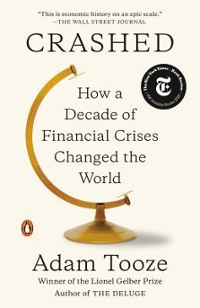Answer the questions below with well explanations
1 Explain why the link function g( # ) =log/ is appropriate for the Poisson distribution by considering the range of values that it results in /; taking. 2 Explain the difference between the two types of covariate: a variable and a factor. 3 (i) A random variable Y has density of exponential family form: vle fly) = exp yo-b(@) + cly.) a() State the mean and variance of Y in terms of b(0) and its derivatives and a(d) . (ii) (a) Show that an exponentially distributed random variable with mean / has a density that can be written in the above form. (b) Determine the natural parameter and the variance function. [Tot 4 An insurer wishes to use a generalised linear model to analyse the claim numbers on its motor le portfolio. It has collected the following data on claim numbers y, i=1, 2, .., 35 from three different classes of policy: Class I 1 2 0 0 0 2 2 1 Class II 1 0 1 0 Class III 0 0 0 0 1 0 0 0 1 0 1 0 0 0 O 0 0 0 For these data values: 15 35 yi =11 Z vi = 3 yi =4 /=11 1=16 The company wishes to use a Poisson model to analyse these data. (i) Show that the Poisson distribution is a member of the exponential family of distributions.Initial expenses: f125 Renewal expenses (associated with the payment of the second and each subsequent premium) f20 increased by 7% p.a. compound from the outset of the policy. Growth rate for units: 7% p.a. Interest rate for sterling fund: 4% p.a. (a) On this basis (i) construct a table showing the growth of the unit fund over the duration of the policy, and (ii) construct a table showing the growth of the sterling fund in the absence of reserves. (b) Hence determine the sterling reserves which should be held by the office to eliminate the sterling fund negative cash flows in the second and subsequent years of the policy's duration. (c) Consider the unit-linked policy described above. Suppose, however, that the growth rate for units will be 10% p.a., that the sterling fund interest rate will be 6% p.a., and that the inflationary growth rate for renewal expenses will be 4% p.a. (from the outset of the policy). (i) Construct a table showing the growth of the unit fund over the duration of the policy and (ii) Construct a table showing the growth of the sterling fund in the absence of reserves. (iii)Assuming that the office sets up the sterling fund reserves found above, determine the resulting sterling fund profit vector and signature. Find also the internal rate of return corresponding to the profit signature.5 An office issues a unit-linked endowment assurance with annual premium f400 and term five years to a life aged 60 who is subject to A1967-70 ultimate mortality. The sum assured, payable at the end of year of death or at the maturity date, is the bid value of the units held, subject to a guaranteed minimum death benefit of f2,000. The allocation proportion is 70% for the first annual premium and 98% for all subsequent annual premiums. For units the bid/offer spread is 5% and the annual rate of management charge is 0.75%. In determining the sterling reserves necessary for the policy the office makes the following assumptions









